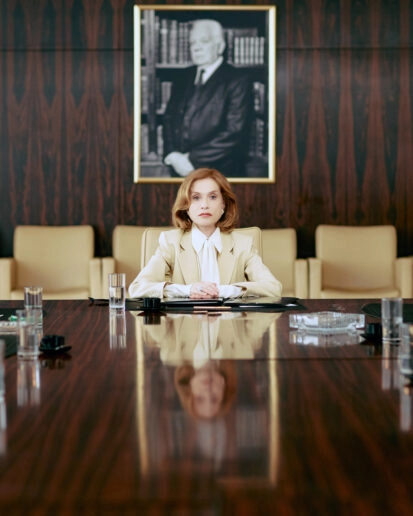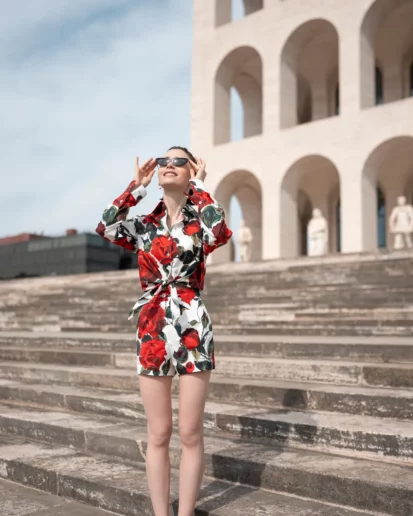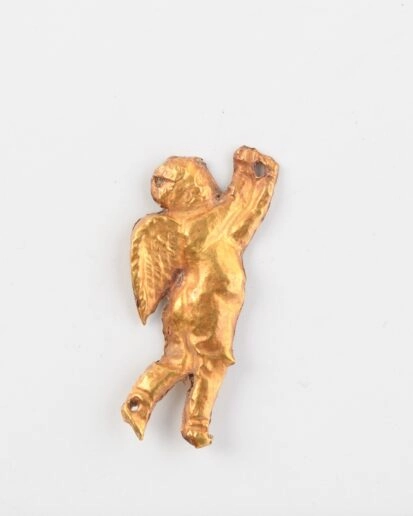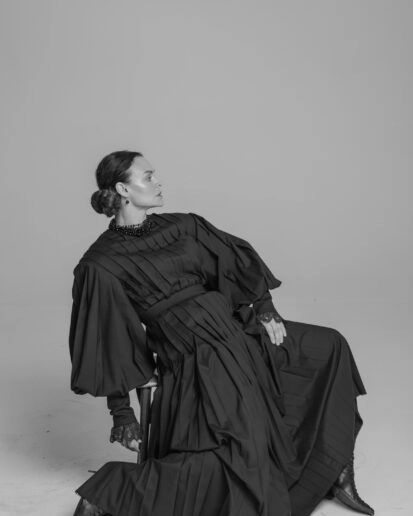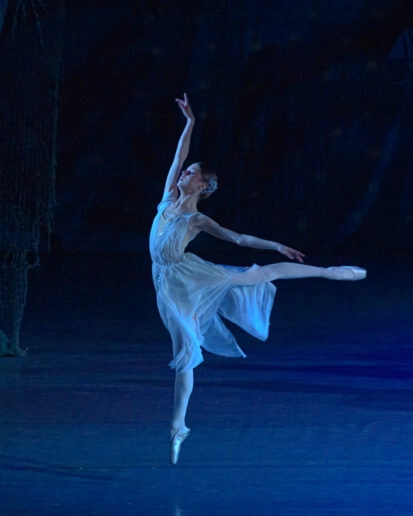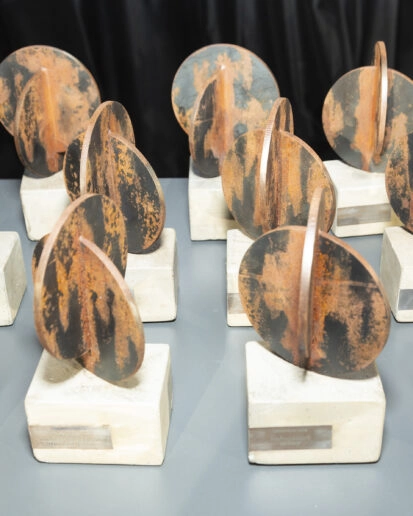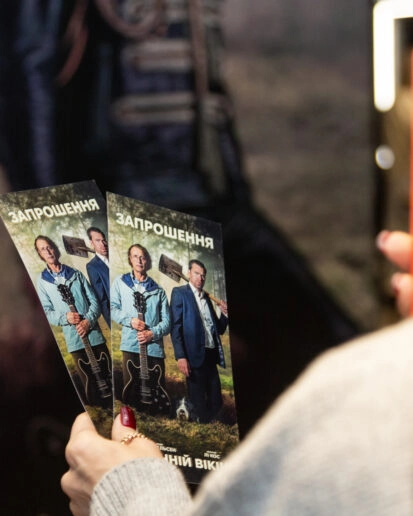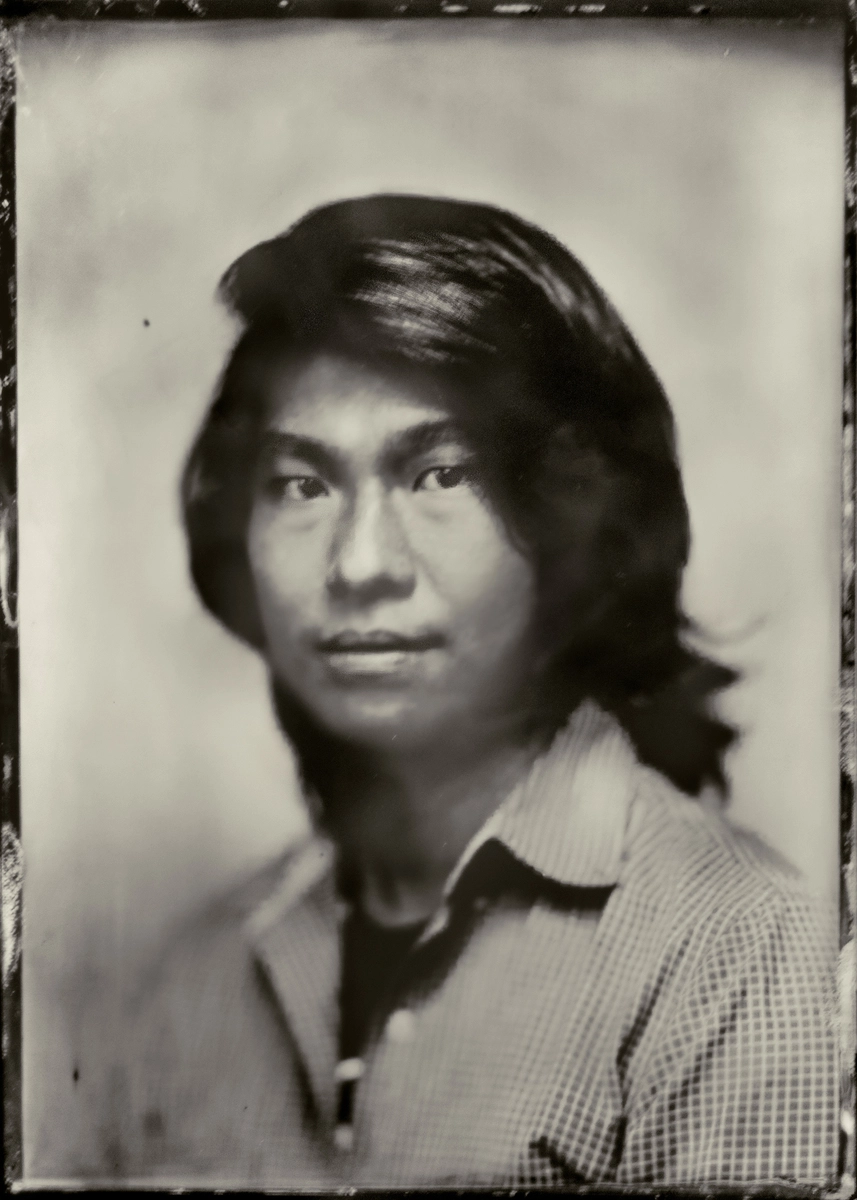
Rooted in Connection: In Talk with Artist Chris Manfield
Indonesian-born artist Christian Tan (Chris Manfield) brings a deeply personal and community-centered approach to photography and installation art. We sat down with him to talk about his journey from an early fascination with images to creating works that explore human connection, light, and identity. Recently recognized by institutions such as the Carmel Center for Photographic Art and Photo Alliance, Chris continues to expand his artistic practice while building bridges across creative communities worldwide.

What first drew you to photography and installation art as your main mediums of expression?
My father was a photographer in his early years and so was my older sister. The first time I truly handled a “real” camera was when I helped her photograph my pet newt for a photo competition. In addition to that, early image search engines had a big influence on me. For me, photographs became windows into the lives and stories of strangers. I began taking pictures as a way to share and remind myself of what’s important. It was during my time at the San Francisco Art Institute that I started cultivating a more formal approach to photography. This led me to question what truly constitutes a photograph and to think more deeply about the role of light in all its forms. As an installation artist, I enjoy the problem-solving involved in bringing ideas to life in a tangible way, free from material constraints.
Your work “I Love You More Than My Own Skin” has received Honorable Mention at the Carmel
Center for Photographic Art. What’s the story behind this piece, and what does this recognition
mean to you?
It feels like home to finally be recognized by the second-oldest members’ photography gallery in the US, whose roots trace back to Friends of Photography, founded by Ansel Adams, who started the photo department at SFAI. Ann Jastrab, who runs this organization, along with Allie Haeusslein, director of Pier 24 Photography, juried this exhibition and did an excellent job curating a meaningful series of works that reflect on contemporary photographic culture, as well as the historical lineage of CFPA’s exhibition history.
“I Love You More Than My Own Skin” is likely the first and only photograph in the world printed using human melanin pigment. It was created as a reflection of the human desire to be loved and to love unconditionally, regardless of our inherent differences. It’s an honor to represent a voice of kinship in a world riddled with human conflict.

You were invited to lecture for Photo Alliance, an organization founded by your mentor Linda
Connor. What did that opportunity mean to you?
Linda Connor has supported me and my work, and has always been a source of wisdom in my artistic direction and career path. Without Photo Alliance or Linda’s support, I wouldn’t have been able to maintain my art practice and career, and this opportunity has also helped keep my inspiration alive.
You’ve also contributed to organizations like the Crestone Charter School and the End of Life
Project. How does community work fuel your creative process?
I integrate my art practice into other organizations because I want to foster a more art-driven, connected network within my community. My curiosity often guides me to find these opportunities, and where there’s a bridge waiting to be built, that’s where I step in. In the case of Crestone Charter School, my attachment to the program comes from my background in art and education. The Crestone End of Life Program is particularly special to me because it is the only organization in the US that both offers and preserves the practice of non-denominational open-air cremation.
Your work has earned recognition from several institutions and grants. How do these moments of acknowledgment shape your vision for the future?
I feel very privileged and honored to have received the support and acknowledgment from my community to keep making art. At the same time, I’d like to one day manifest a space and community where art is not measured through publications or acknowledgements… where art is honored simply because it is a necessary part of everyday life.
What advice would you give to aspiring photographers or installation artists looking to make their
mark in the contemporary art world?
It’s a marathon, something you have to keep nurturing to stay alive. You’ll make sacrifices for it, whether you like it or not, so don’t stress too much about giving things up. Try to stay healthy and happy, and your art will thrive alongside you. Remember, life is more important than art.
Більше від
- Бізнес і культура: Aromateque підтримали вихід артбуку “Абракадабра” Павла Макова – фото книги
- ADAM: “Таку як є”, “Повільно” та інші емоційні пісні гурту
- Нові серіали грудня 2025: «Фолаут», «Емілі в Парижі» та інші яскраві прем’єри
- На знак вдячності: усі військові зможуть безкоштовно подивитися фільм “Ти – космос” 6 грудня
- «Очі дівочі»: нова романтична премʼєра від TAYANNA


